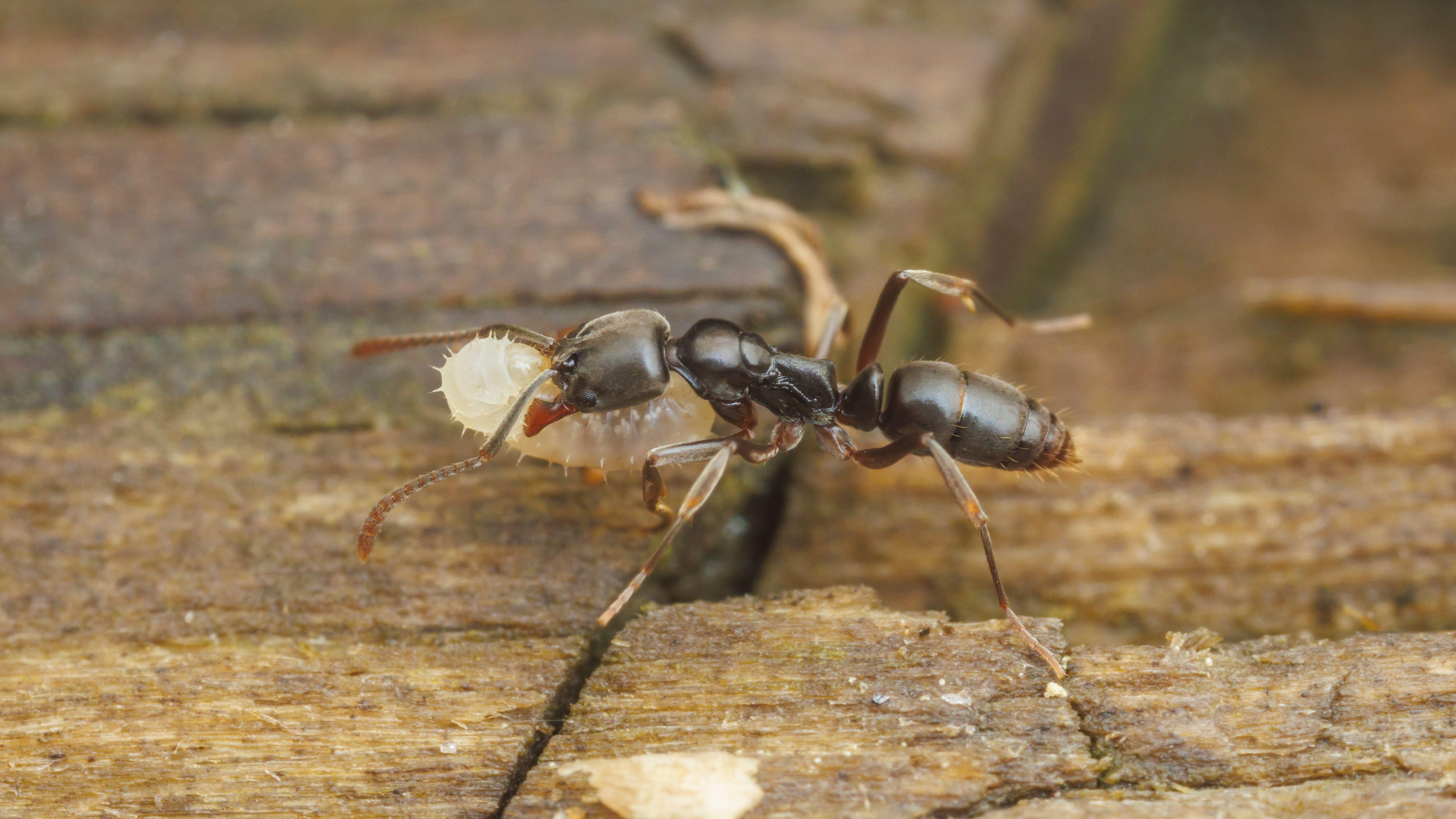Invasive Asian needle ants are surging in US Southeast — and their bite can trigger anaphylaxis
Asian needle ants found in the southeastern states of the U.S. have been spreading north and west for years, but experts now consider them to be a medically important pest and urge caution.

Invasive ants whose sting can cause fatal allergic reactions in humans are surging across the U.S. Southeast and beyond — and experts are growing increasingly alarmed.
Asian needle ants (Brachyponera chinensis) went relatively unnoticed for many years following their introduction to the U.S. roughly a century ago, but entomologists recently documented their spread from a handful of southeastern states to New England and the Midwest. Asian needle ants are capable of invading many of North America's temperate forests, according to the U.S. Department of Agriculture (USDA), and with the spring swarming season about to start, there's a chance that these ants could trigger medical emergencies up and down the country.
"We are now considering it a medically important pest," Dan Suiter, a professor of urban entomology at the University of Georgia, told Fox Weather on April 29.
Suiter said he recently noticed an uptick in Asian needle ant stings. In 2024, he received three calls from people who suffered anaphylaxis as a result of Asian needle ant stings — a high number compared with previous years, he told Fox Weather.
Anaphylaxis is an acute, whole-body allergic reaction that happens very quickly in some people after exposure to certain medicines, foods or insect stings. Symptoms include a rapid and weak pulse, a skin rash, nausea and vomiting, according to the Mayo Clinic. Anaphylaxis can be fatal, because it causes the immune system to release a flood of chemicals that constrict the airways, which prevents breathing. These chemicals also trigger a dangerous drop in blood pressure, increasing the risk of cardiac arrest.
Ants are common pests, but "it gets a little bit more serious when the sting of an insect can be life-threatening to people who suffer anaphylaxis," Suiter said. It is unclear how many people have died from Asian needle ant stings globally and in the U.S. since their introduction.
Get the world’s most fascinating discoveries delivered straight to your inbox.
Asian needle ants are small, shiny, dark brown-to-black ants native to China, Japan and Korea. They were first discovered in the U.S. in 1932 following introduction via shipping — but by that point they were already present in at least three southeastern states, according to the USDA.
Asian needle ants are not aggressive or defensive of their nests in the way that fire ants (Solenopsis) are, but they will deliver a venomous sting if they get trapped inside human clothing or beneath someone's hand. People in affected areas should look out for these ants' light-orange antennae and leg-tips, although it takes an experienced eye to positively identify the species, according to the USDA.
There's no way to predict who will get anaphylaxis after an Asian needle sting, but people who react adversely to other insect stings or carry an EpiPen should be especially cautious of these ants, Suiter said. Regardless of whether someone is vulnerable to anaphylaxis, Asian needle ant stings cause severe pain at the site of the sting, according to the USDA.
There have been some control measures to limit the spread of Asian needle ants, but these efforts are extremely costly, according to the USDA. Asian needle ants typically nest beneath logs, stones and leaf litter, but they may also be found in wood piles. They do not form trails like other ants but instead walk alone and chaotically, Suiter said.
"This critter kind of wanders around," he said. "It looks lost."

Sascha is a U.K.-based staff writer at Live Science. She holds a bachelor’s degree in biology from the University of Southampton in England and a master’s degree in science communication from Imperial College London. Her work has appeared in The Guardian and the health website Zoe. Besides writing, she enjoys playing tennis, bread-making and browsing second-hand shops for hidden gems.
You must confirm your public display name before commenting
Please logout and then login again, you will then be prompted to enter your display name.


